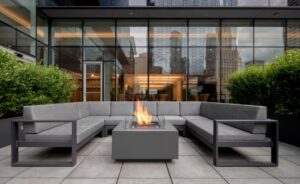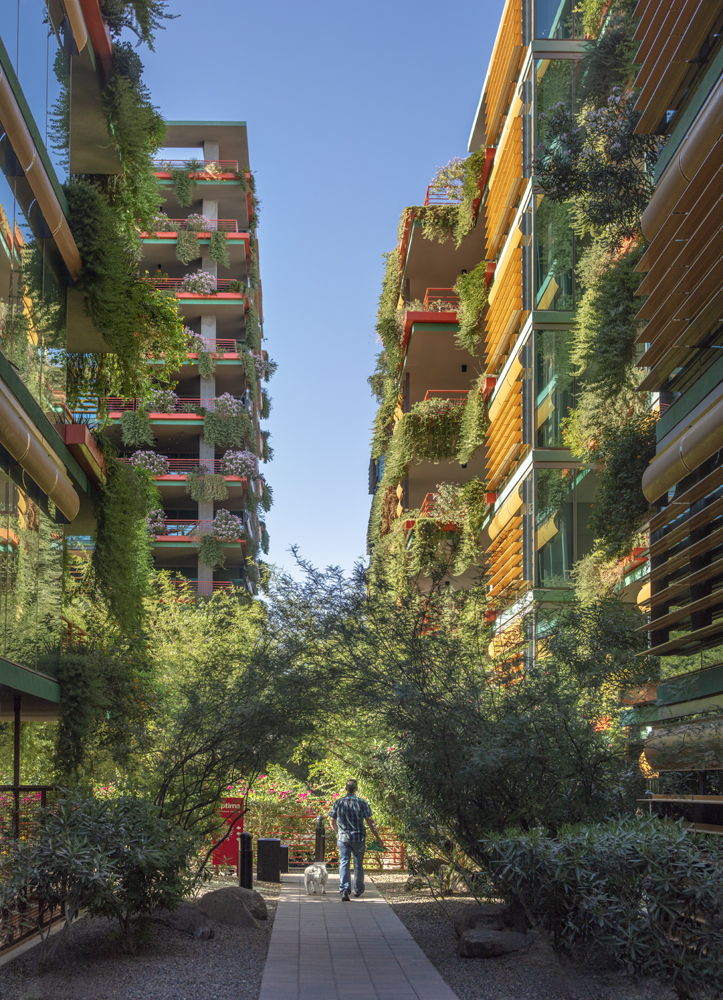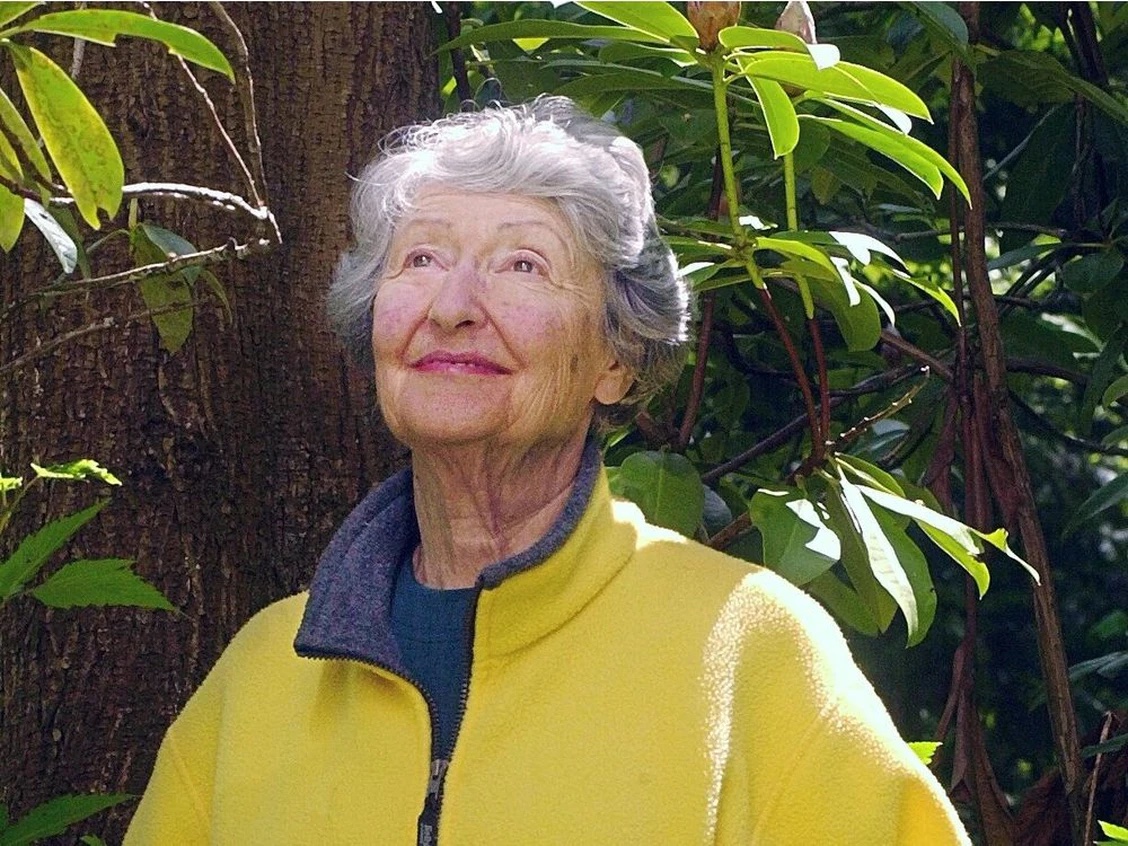At Optima, we approach every project as an opportunity to explore the best possible ways to create harmony between the built and natural environments to allow our residents to enjoy a wealth of benefits that contribute to a healthier, more sustainable environment.
We understand that greenspaces; parks, gardens, conservatories, roof gardens and residential greenery are crucial to the vitality of urban spaces and the communities where they are found. Population density of urban areas is increasing swiftly. By 2050, it is estimated that 68% of the global population will live in cities. According to the WHO, urban greenspaces promote mental and physical health through the promotion of physical activity, mutual understanding, and mitigating exposure to air and noise pollution as well as excessive heat.
In the summer, the heat generated by human activity, transport, and industry creates an increased need for energy consumption to cool spaces. Green areas have the ability to absorb that heat and pollution. They also allow urban dwellers to stretch their legs and be outside, improving cardiovascular health and relieving stress. Each space also promotes social cohesion, the coming together of people who would usually not interact with each other due to the individualistic nature of urban living.

At Optima we recognize the tremendous advantages greenspaces provide. In Chicago, Optima Signature’s inviting plaza filled with lush landscaping and 1.5 acres of amenity space encourages residents to spend time outdoors. Gardens, landscaped fire pits, swimming pools, and outdoor entertainment all radiate the feeling of an oasis within the larger urban environment.

Optima Kierland Center embraces its surrounding beauty and builds off of it. Lush greenery fills the more than 7.5 acres of open space connecting Optima Kierland’s buildings in a park-like setting. Similarly, Optima Sonoran Village utilizes more than half of its 10-acre property to house stunning landscaping, sculpture, and pedestrian paths while mitigating the desert’s harsh climate. We utilize rooftop gardens and our signature vertical landscaping at Optima Sonoran Village, Optima Kierland Apartments, and will be bringing it to Chicago at Optima Verdana, to create an oasis inspired by its surroundings that contribute to the greater environment. This type of green space brings both beauty and positive contributions to their communities.
Greenspaces make urban living refreshing, enjoyable and social. And as our cities become more and more dense, urban greenspaces become a crucial part of the ecosystem — and of our enhanced quality of life.



